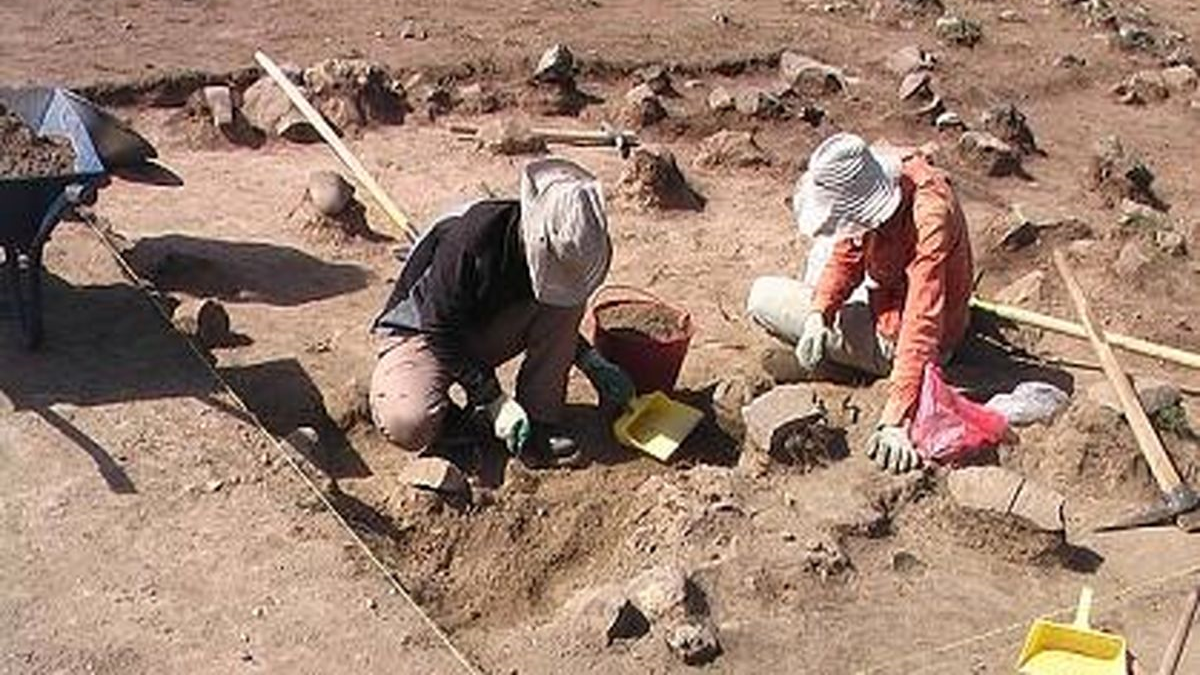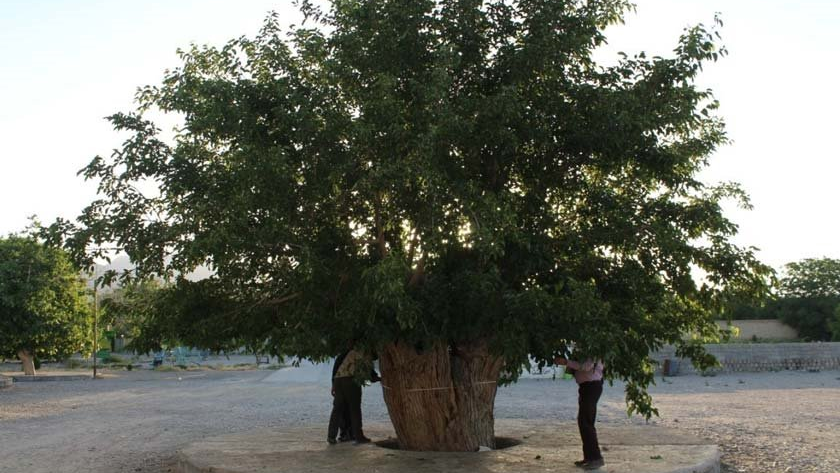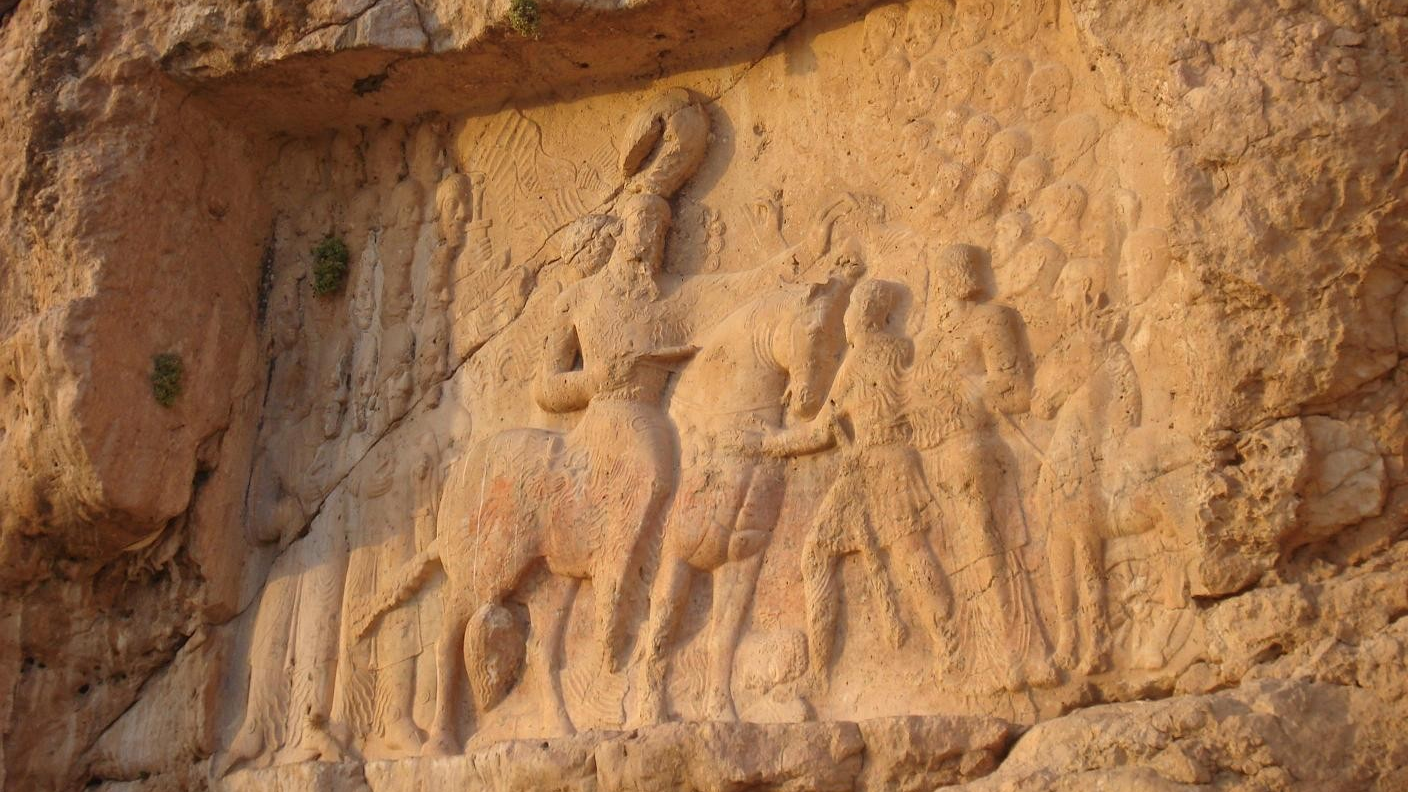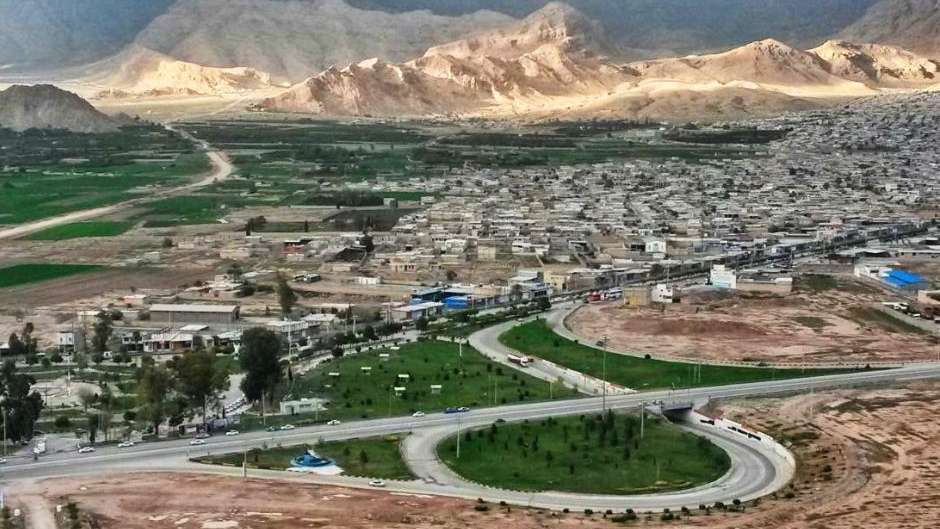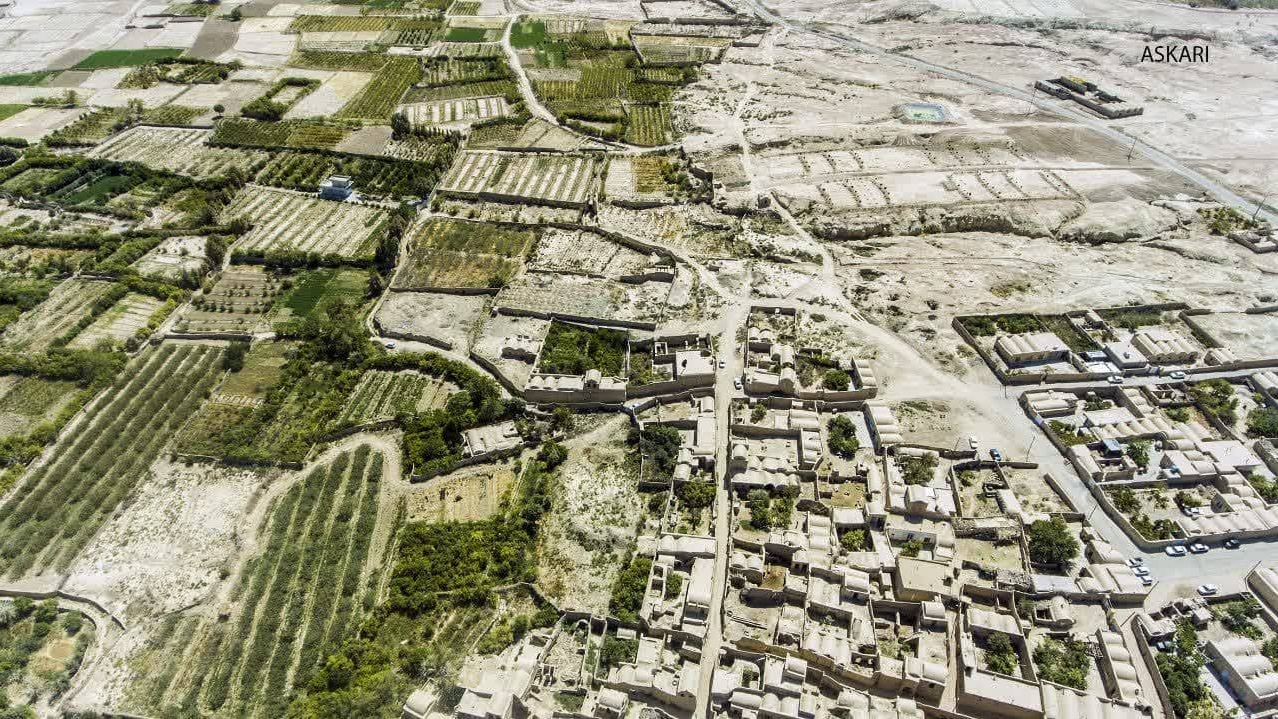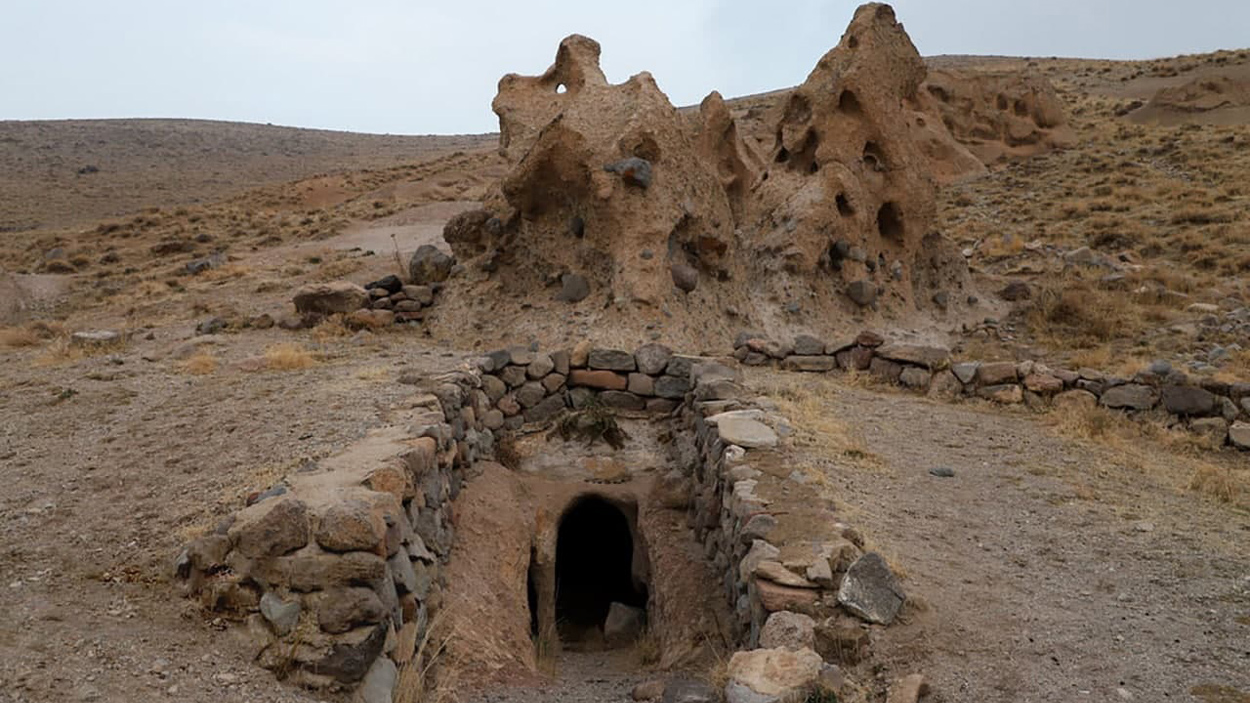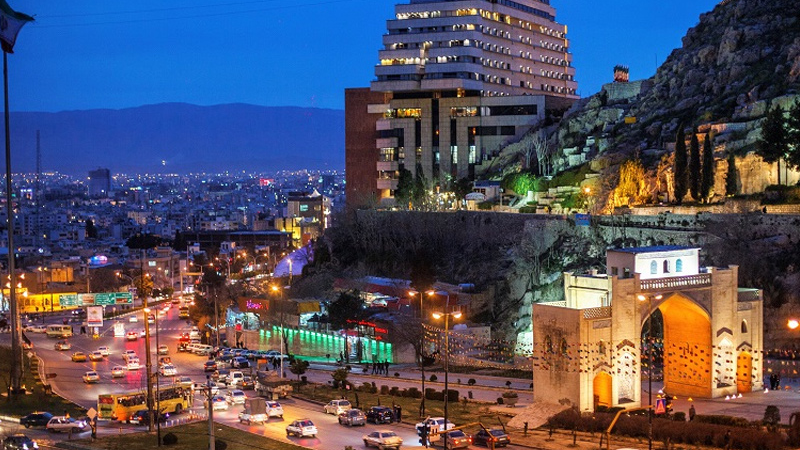
Masouleh, a beautiful region with special architecture
If you search for “the most beautiful towns and villages in the world” on the internet, you’ll likely come across names of places mostly located in Europe. However, there are many towns and villages around the world whose beauty is truly unique and indescribable — yet they remain little known simply because they haven’t been introduced to travelers.
In Iran, too, there are many beautiful towns and villages — each with its own historical and natural charm — that could easily earn a place among the most beautiful in the world. Among them, Masouleh, located in the northern regions of Iran, stands out for its stunning scenery and unique beauty. These qualities have made it widely famous across the country, with Iranians often referring to it as one of the most picturesque places in Iran.
Masouleh is a village in the Fuman County of Gilan Province, situated in the mountainous southwest of the region. The village covers an area of about 100 hectares. It lies 60 kilometers from the city of Rasht and 36 kilometers from Fuman. Although Masouleh is officially classified as a city in administrative terms, its population is less than 1,000, making it one of the smallest cities in Iran. One of the main reasons for its fame is its unique and remarkable architectural structure.
Most of the buildings in Masouleh are two stories high and feature a section known as the “Sumeh.” The Sumeh is an enclosed, windowless space located at the back of the house, designed to stay protected from cold weather and rainfall. Another common feature in Masouleh homes is the summer section, situated in the outermost part of the house. This area usually includes a terrace and several windows, allowing for better ventilation during the warmer months. The primary construction material used in Masouleh is wood, readily available from the surrounding forests.
The oldest remnants related to Masouleh are located about 10 kilometers away from its current site, in a place known as “Old Masouleh” (Kohneh Masouleh). This ancient area lies along the road from Masouleh to Khalkhal, which was once one of the main trade routes connecting Gilan Province to other regions. Today, Old Masouleh is recognized as a protected area, preserving the historical and cultural heritage of the region.
National Registration of Masouleh Village
Masouleh, with its pristine landscapes, numerous historical monuments, and unique architectural and urban design, was inscribed on the National Heritage List of Iran in 1975 (1354 SH).
| Name | Masouleh, a beautiful region with special architecture |
| Country | Iran |
| State | Gilan |
| City | Fuman |
| Type | Historical,Natural |
| Registration | National |
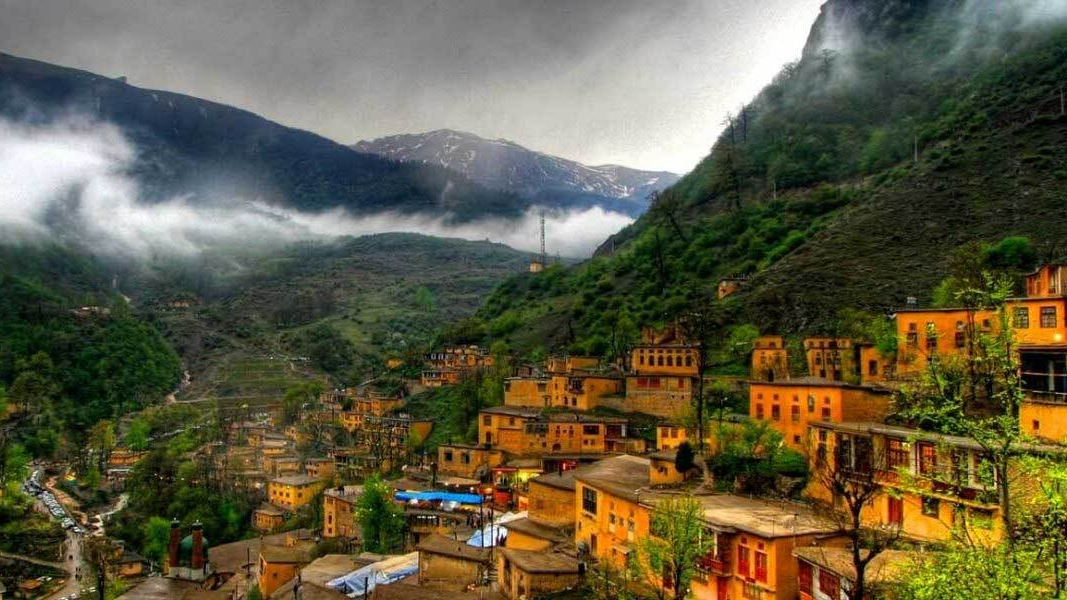
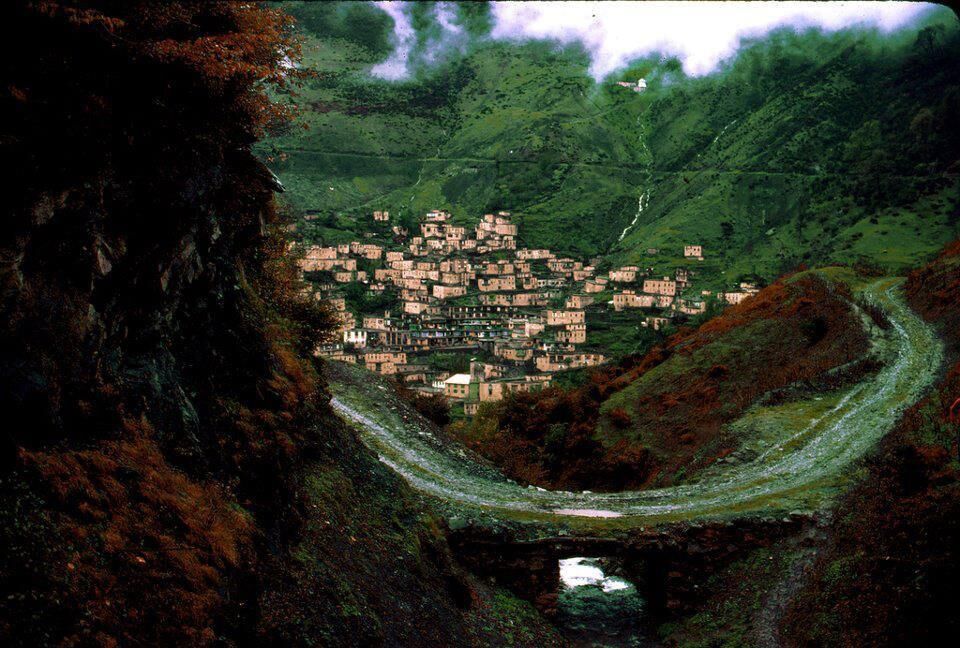
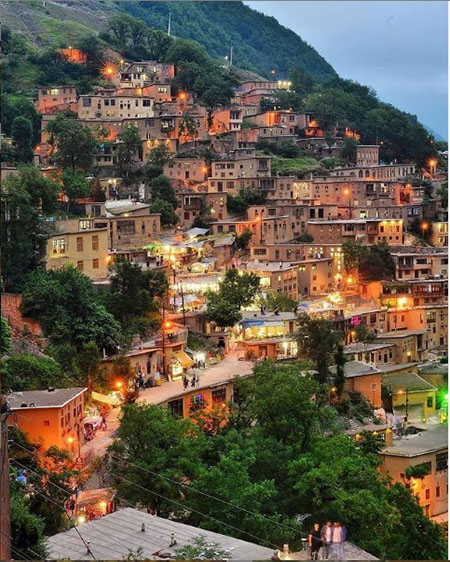
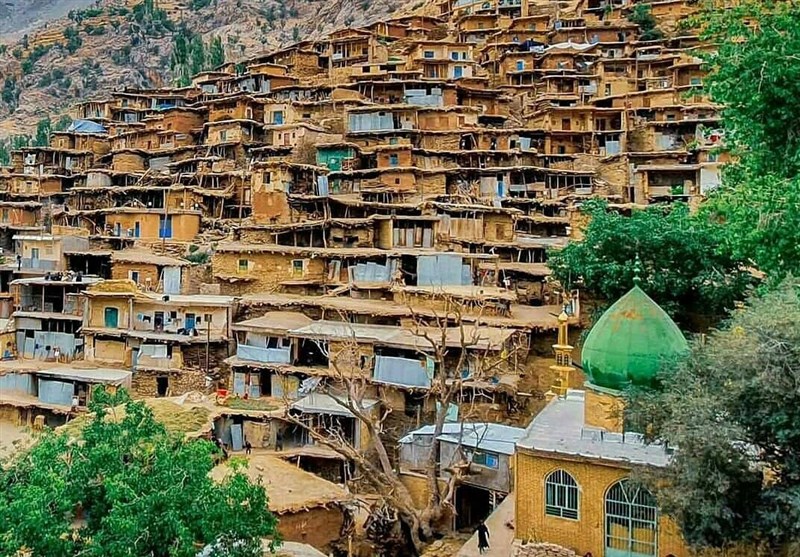




Choose blindless
Red blindless Green blindless Blue blindless Red hard to see Green hard to see Blue hard to see Monochrome Special MonochromeFont size change:
Change word spacing:
Change line height:
Change mouse type:
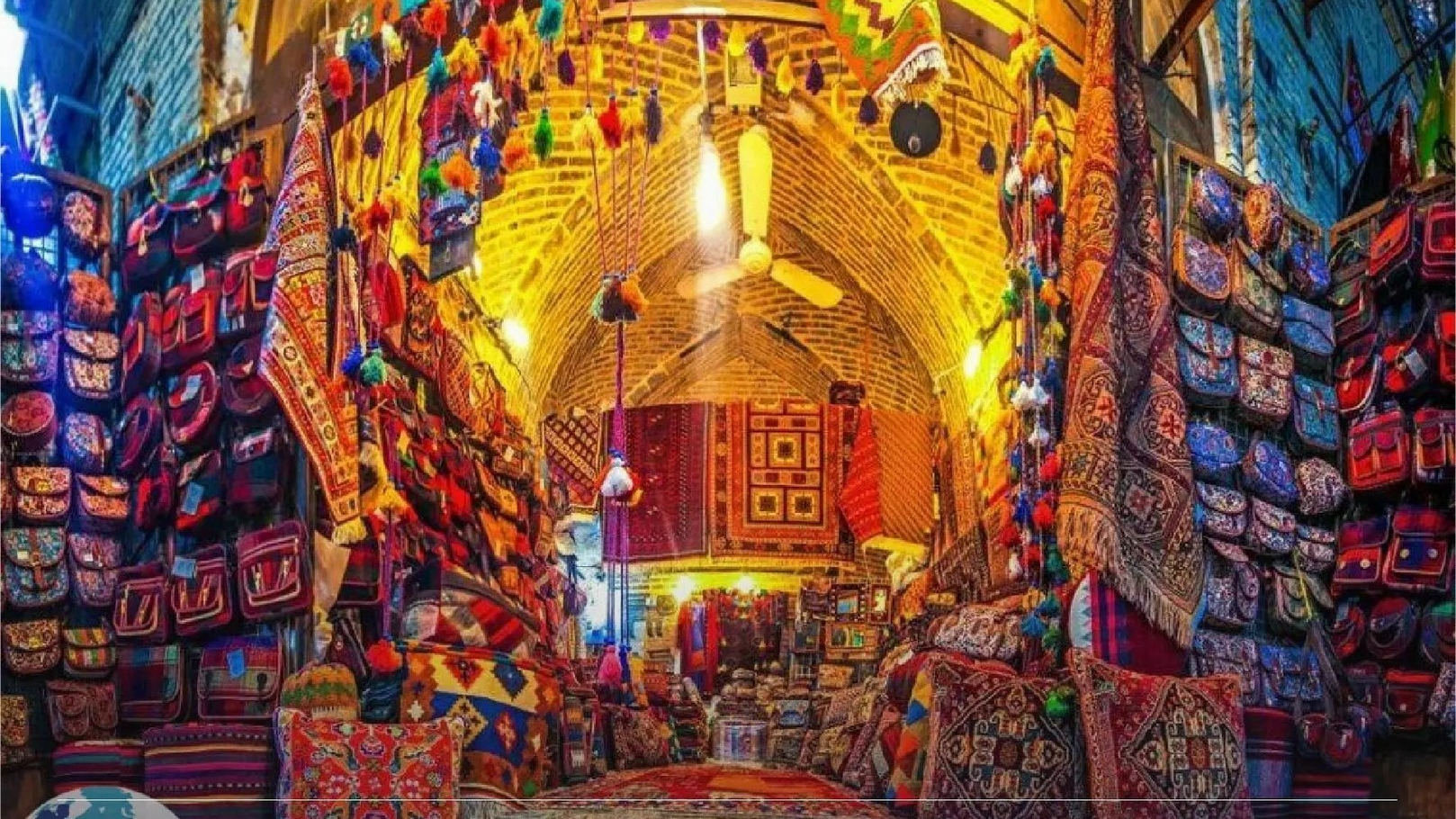
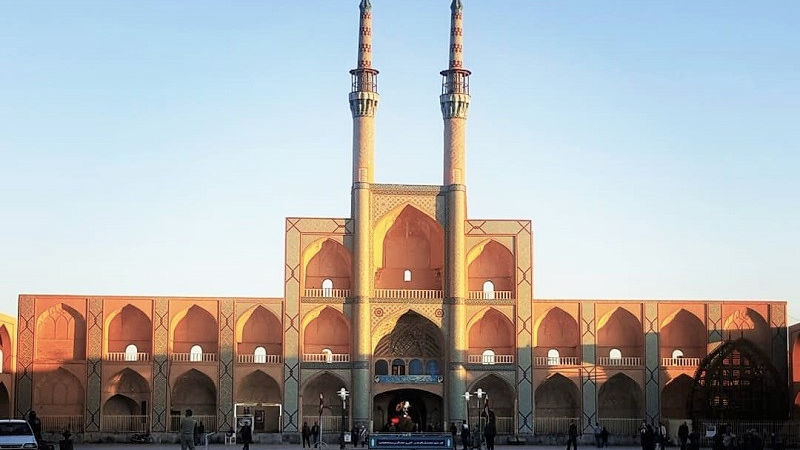
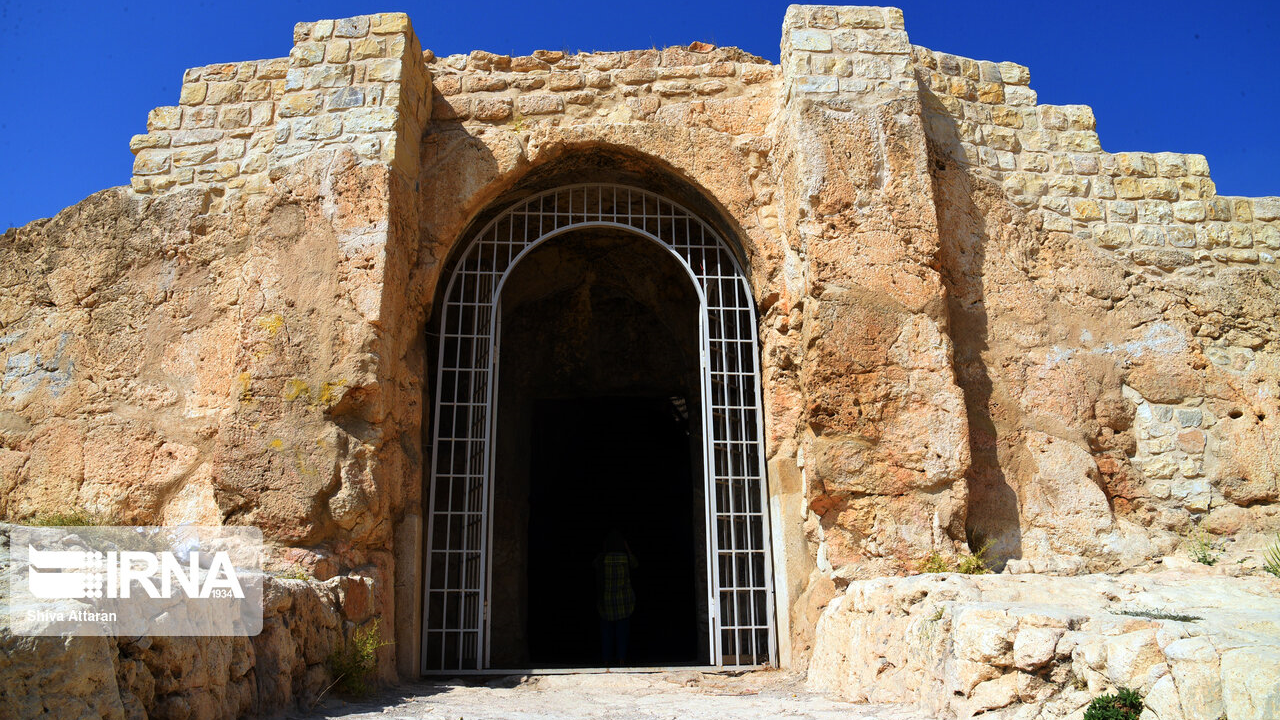
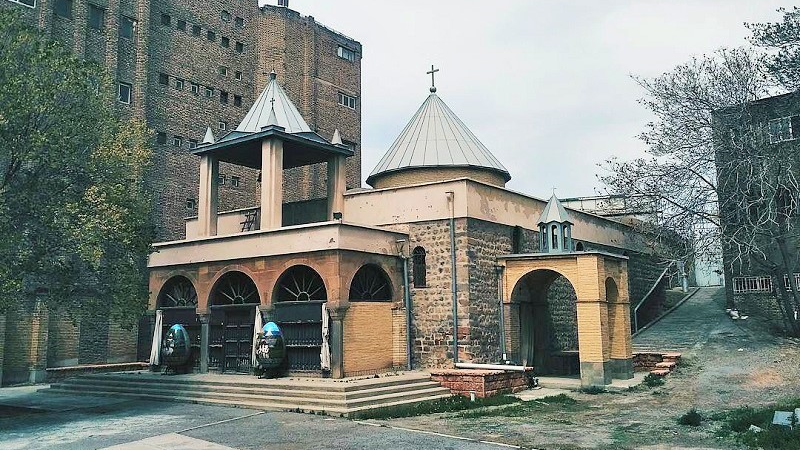
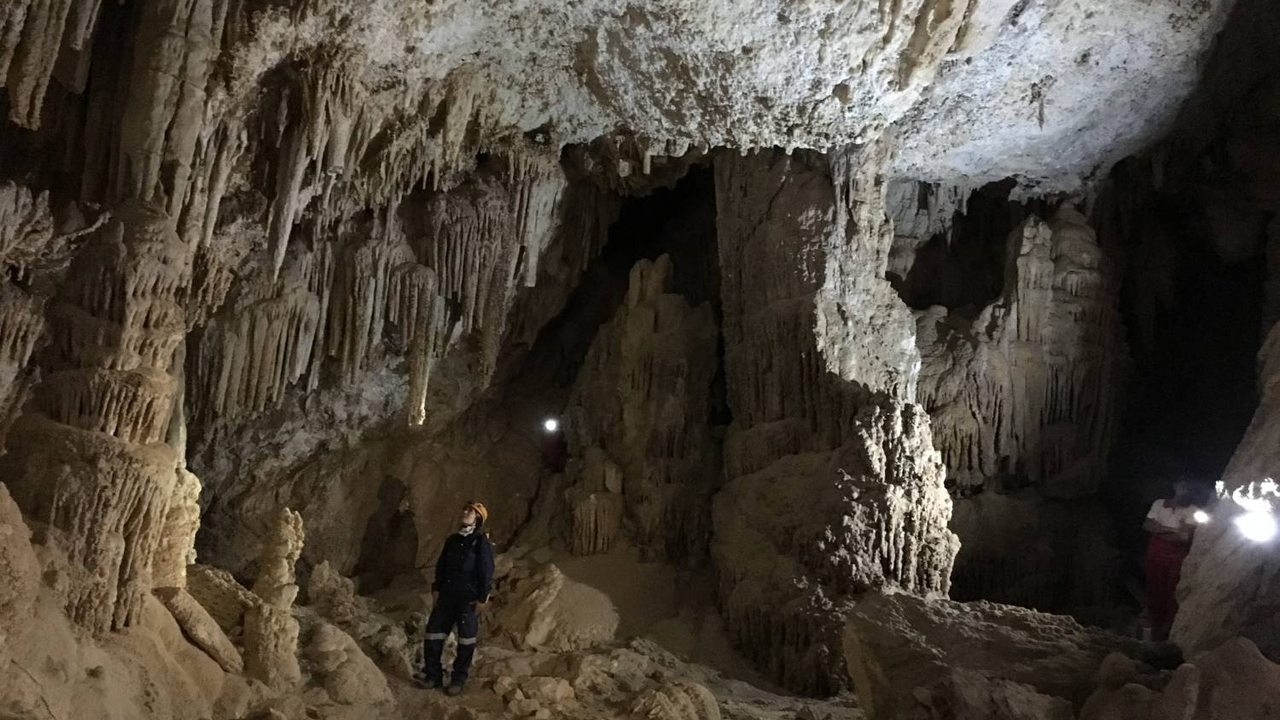
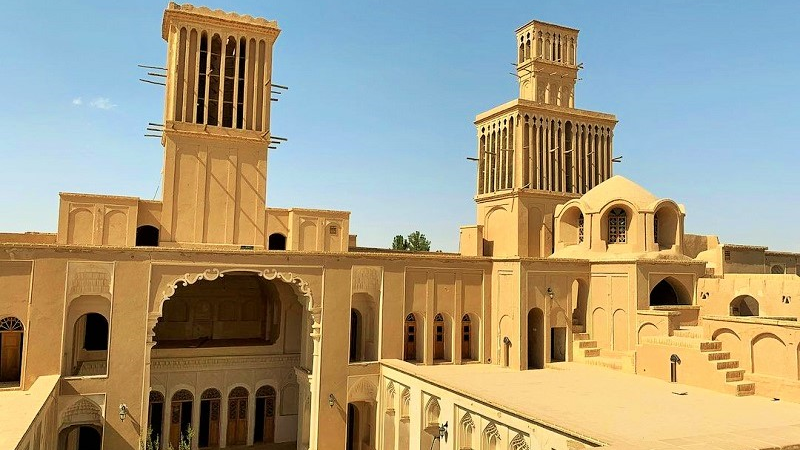
.jpeg)
